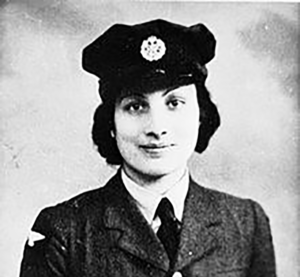Over 50 years ago the Apollo 13 mission to land on the moon was launched from Kennedy Space Centre. Over the years from the commencement of space exploration, 12 Americans have actually walked on the moon and another 12 have reached it; however, this journey was to be an ill-fated mission. The mission was commanded by Jim Lovell, with Jack Swigert as command module pilot and Fred Haise as lunar module pilot. At age 42, Lovell was the world’s most travelled astronaut when he joined the Apollo 13 mission, with three missions and 572 spaceflight hours under his belt. Lovell had participated in Apollo 8, the first mission to circle the moon. Prior to the Apollo 13 mission, 36-year-old Haise had served as the backup lunar module pilot for the Apollo 8 and Apollo 11 missions. Apollo 13 was Swigert’s first trip to space, at age 38. He had been part of the support crew for Apollo 7 and was initially Apollo 13’s backup command module pilot. He was asked to join the crew 48 hours before launch time after the original command module pilot, Ken Mattingly, was exposed to German measles and so couldn’t participate in the mission. The mission failed spectacularly but the calm heads and quick reactions of the pilots saved their lives. This is why the Apollo 13 is famously described as a “successful failure”. Failure because they didn’t land on the moon but successful as no lives were lost.
During the mission’s dramatic flight, an oxygen tank exploded almost 56 hours into the flight, this forced the crew to abandon all thoughts of reaching the moon. Without oxygen, needed for breathing and for generating electric power, the craft’s propulsion and life support systems could not operate. Moreover, steering was a crucial threat, without the command ship’s thrusters to steer, only the lander’s were available, it was a huge challenge to fly by hand the crippled spacecraft. During a normal mission, the ship’s computers did most of the navigation, but now the navigation functions were shut down and there was no way of sighting the stars for guidance. Yet a 39 second burn of the main engines had to be completed to loop around the Moon in a circumlunar trajectory to be able to return safely to Earth. Astronaut Jim Lovell determined that if they could keep a fixed point in space, in view through their tiny window, they could steer the craft manually. That focal point turned out to be their destination Earth. By not losing sight of that reference point the three astronauts avoided disaster. They focused on keeping Earth in view to guide them around the moon and bring them safely home. Earth was their guide so as not to get lost in space and lose direction in the vast galaxies. By keeping looking to Earth they were able to manoeuvre and keep the ship in the correct direction and eventually land safely in the sea. Each pilot continued to support the space projects though none of these heroic men returned to space themselves.
The Bible says something very similar to us to keep are directions, in Hebrews chapter 12 verse 2 “Looking unto Jesus the author and finisher of our faith; who for the joy that was set before him endured the cross, despising the shame, and is set down at the right hand of the throne of God. ” Just like Earth was the unmoveable focus to bring them home, so is Jesus Christ the only one who can bring mankind safely home to Heaven. He is unchangeable, all powerful, all knowing and always faithful. The scriptures say that if you keep your focus on him, he will guide you home. Men go astray when they take their eyes of Jesus Christ, but he is the only one to bring you safely home. P. Pilgrim pilgrimway101@yahoo.com




